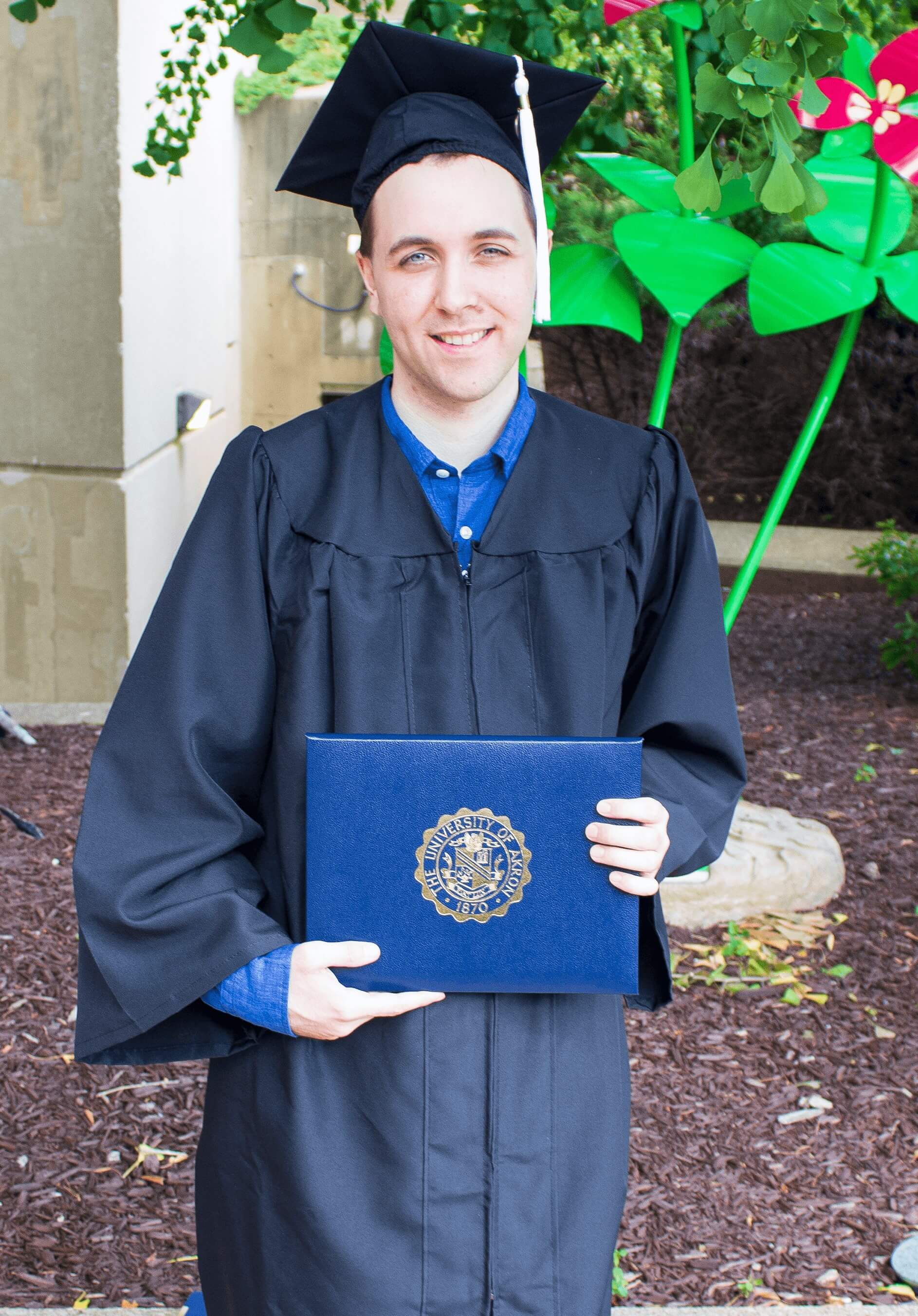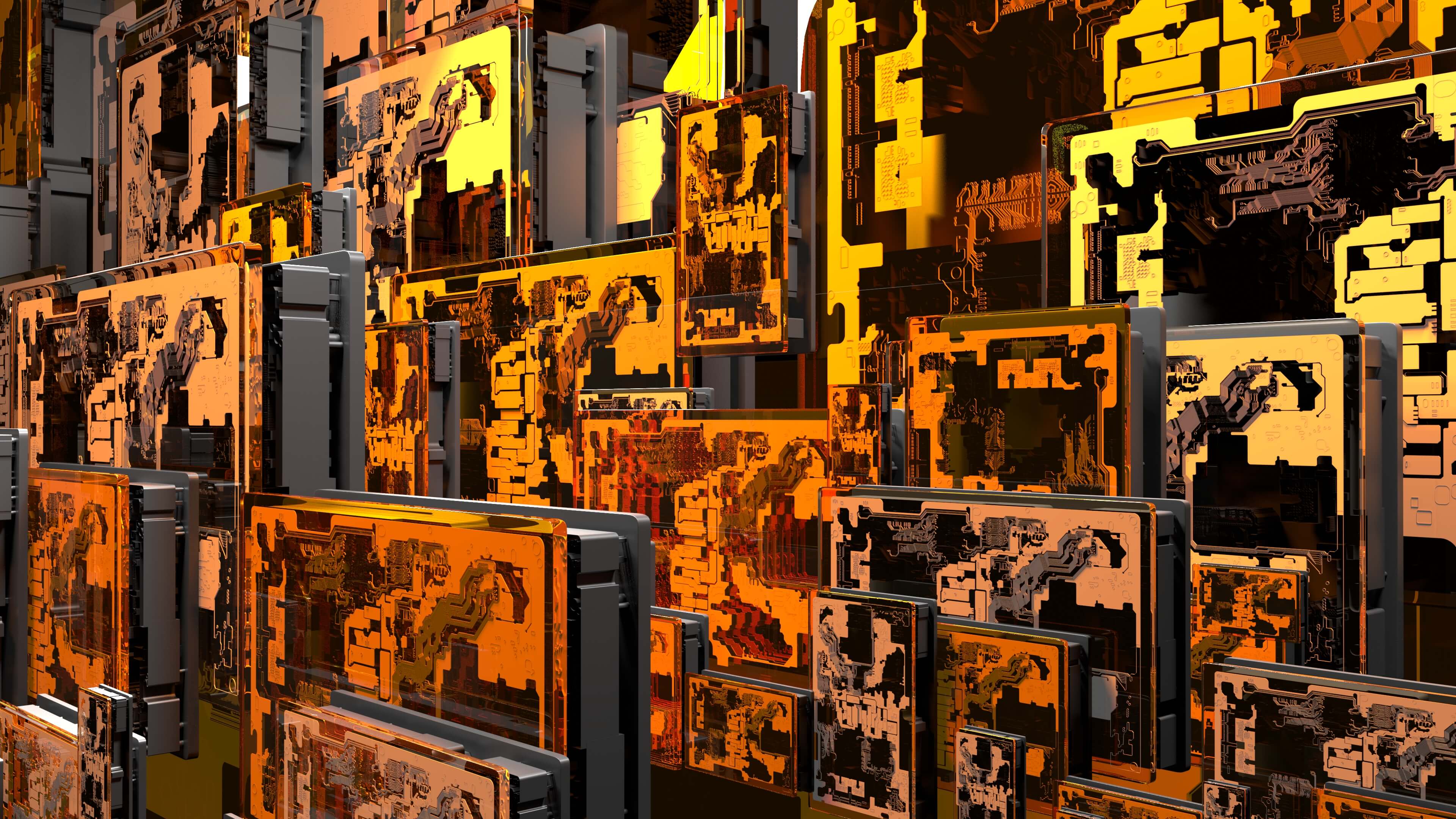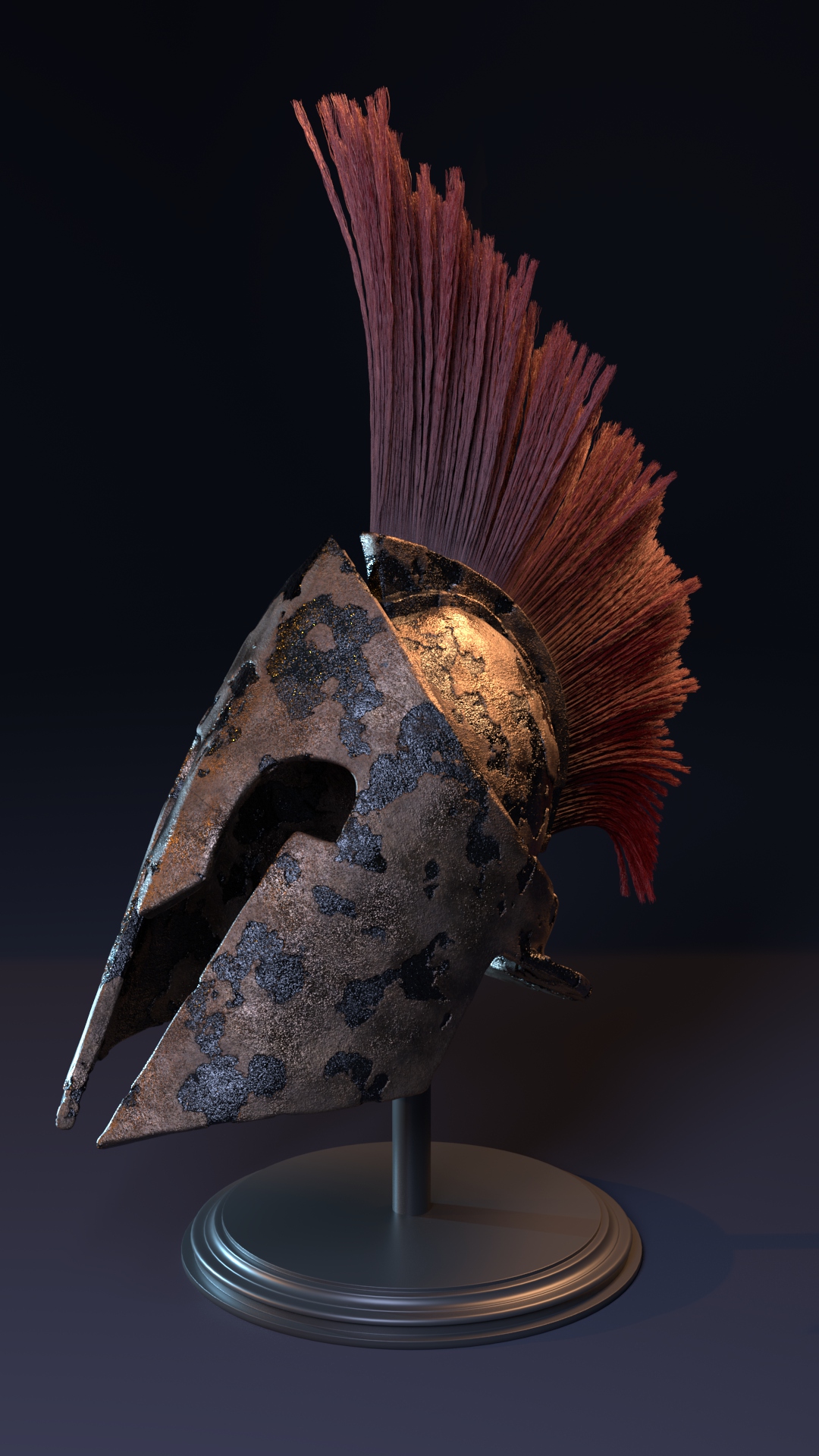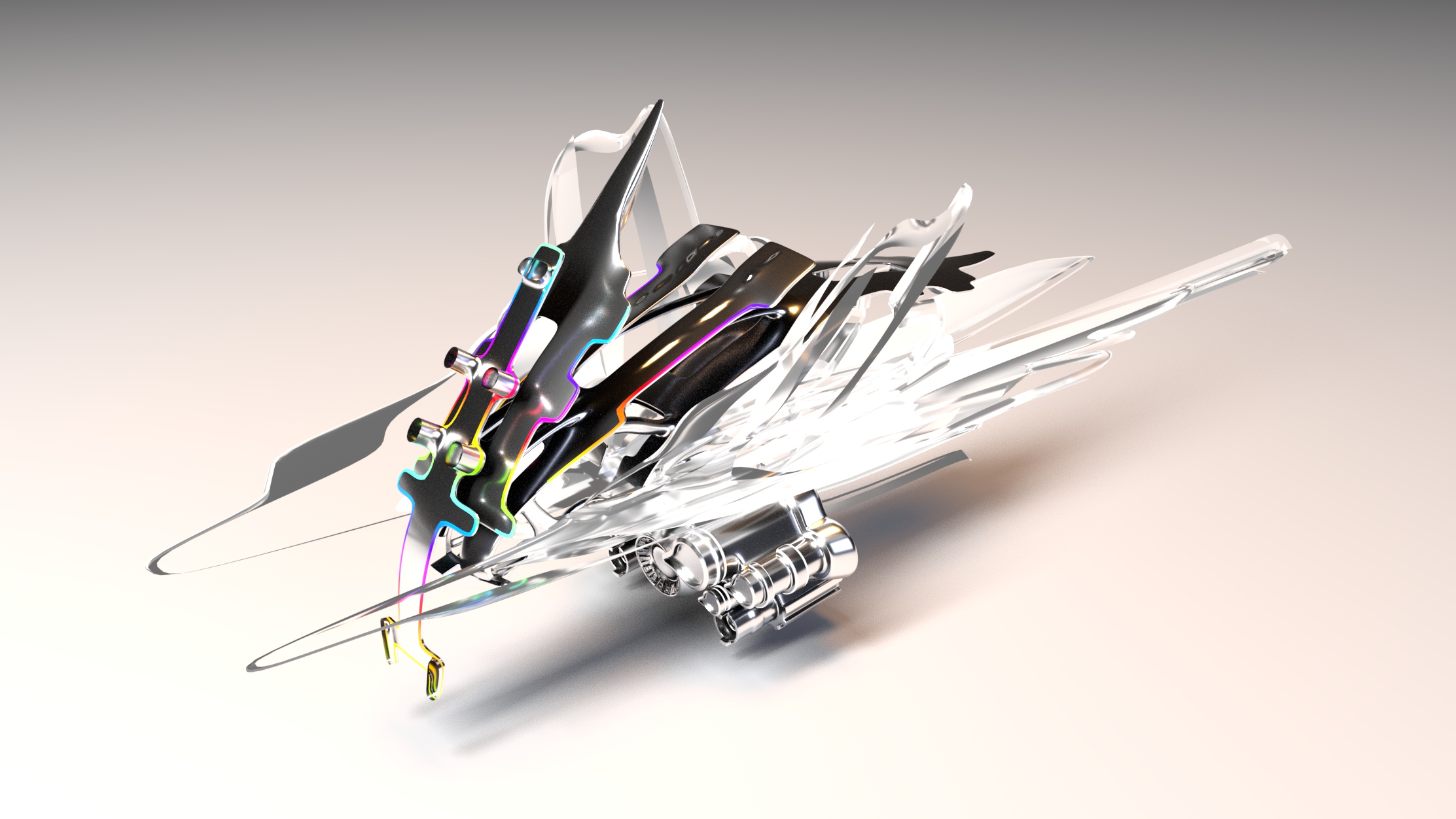The Power of Neurodiversity: Alex's Success Story at Dell Technologies
Alex G. | Analyst, Project/Program Management | Ohio, United States Originally Published: April 21, 2023
Can you tell me a bit about yourself? My name is Alex Gill, and I am from Northeast Ohio. I have been at Dell Technologies for nearly two years. I first started as an intern in the Neurodiversity Hiring Program as a Media Specialist within OEM Solutions, working on building assets for our corporate intranet and assisting Directors and SVPs with their video presentations so they can look and sound their very best. I am now working as an Instructional Designer within Global Sales Learning and Development. I am also an advisor for our recently formed Neurodiversity Advisory Group!
There are many differences between the interview process in the Neurodiversity Hiring Program at Dell and traditional interviews at other companies. The most significant difference is that Dell's interview process involves both a collaborative project with fellow applicants and the opportunity to showcase individual talent evaluated by hiring managers, HR personnel, future mentors, and our partners at organizations like Neurodiversity in the Workplace. The hybrid approach has the benefit of combining the STAR interview method of Situation, Task, Action, and Result with the structure of a Capstone project. This combination of interview models allows candidates to showcase their talents and network because the capstone project is part of the interview. For those like myself who have a portfolio in creative areas like CGI and VFX, having the ability to showcase work that employers may not recognize through Applicant Tracking Systems, which filters out visual material that is not machine readable, is beneficial! Because the Neurodiversity Hiring Program uses systems which can be of support to both neurodiverse and non-neurodiverse individuals, increases visibility to candidate skillsets, and strengthens relationships built during the interview process, I am confident it will become a new standard of attracting talent.
What are the best ways members of the Dell community can be allies, offering our support and advocating for Autism Acceptance this month? Some key elements to autism acceptance include understanding that clarity in communication is essential and that tasks, processes, or meanings which may carry implicit understanding to others require a more descriptive explanation. This carries the added benefit of creating business processes that provide greater clarity to team members overall! It’s also important to remember that those with Autism may provide verbose descriptions to remove ambiguity and to demonstrate care. Additionally, it is necessary to recognize that many automated processes and solutions available today may not recognize nontraditional communication styles or queries and that manual support is still often needed. While brevity carries incentives in today’s information-based economy, I have the impression that the type of information-rich communication that those with Autism bring is also greatly needed to best understand one another. Outside of work, what do you enjoy doing? I have a strong interest in Japanese Animation, and Robot Anime, in particular, as an art form. This interest has, over the years, provided me with the opportunity to speak with voice talent, animators, musicians, and the directors of some of my favorite works. My interest in mechanical designs found in this art form has also sparked an interest in Computer Graphics Imagery, using software like Maya and Substance Painter.
For more information on the Dell Technologies Neurodiversity Hiring Program and life at Dell, visit the program page and our stories. |
||||||||||||||
Be The First To See New Opportunities
Join Our Talent Network
Sign up, stay connected and get opportunities that match your skills sent right to your inbox.






